Copper Ore Concentrate
Negotiable Min Order Quantity Unit
- Required Quantity
-
- Place of Origin
- Thailand
- Brand name
- Ore Concentrate
- Payment Terms
- L/C
- Production method
- Negotiable
- Shipping / Lead Time
- Negotiable / Negotiable
- Category
- Copper , Other Copper
NURODEL ENTERPRISE
- Verified Certificate
-
8

| Product name | Copper Ore Concentrate | Certification | - |
|---|---|---|---|
| Category |
Copper
Other Copper |
Ingredients | - |
| Keyword | copper ore , copper ore 99.9% , copper ore and concentrates | Unit Size | - |
| Brand name | Ore Concentrate | Unit Weigh | - |
| origin | Thailand | Stock | - |
| Supply type | - | HS code | - |
Product Information
SPECIFICATION
1. Type: Lump
2. Size: 3-300 mm
3. Concentrate Or Not: Is Concentrate
4. Cu (Min): 13%-30
Good Quality 10% - 13% Copper Ore in Lumps:
Size: 3-300mm
We can supply good quality Copper Ore Lumps in bulk quantities.
We do the research for you.
MINERALS: A mineral is a naturally occurring solid formed through geological processes that has a characteristic chemical composition, a highly ordered atomic structure, and specific physical properties. A rock, by comparison, is an aggregate of minerals and/or mineraloids, and need not have a specific chemical composition. Minerals range in composition from pure elements and simple salts to very complex silicates with thousands of known forms. The study of minerals is called mineralogy.
To be classified as a true mineral, a substance must be a solid and have a crystalline structure. A mineral is (generally) an inorganic, naturally occurring, organized crystalline structure composed of a single chemical compound or element. Mineral crystals form because their component chemicals tend to aggregate together in certain specific arrangements dictated by the shapes and components of the molecules involved (and sometimes varying with temperature and pressure). These arrangements result in the crystal forms described in the physical characteristics. Often, minerals are formed as a solution changes in some way which allows or forces the component mineral(s) to solidify. This change may be temperature, pressure, chemistry, or concentration, and the solution may be aqueous or a magma or even a gas.
PHYSICAL PROPERTIES: Classifying minerals can range from simple to very difficult. A mineral can be identified by several physical properties, some of them being sufficient for full identification without equivocation. In other cases, minerals can only be classified by more complex chemical or X-ray diffraction analysis; these methods, however, can be costly and time-consuming.
Physical properties commonly used are:
Crystal structure and habit
Hardness
Luster
Color
Streak
Fracture
Cleavage
Specific Gravity
B2B Trade
| Price (FOB) | Negotiable | transportation | - |
|---|---|---|---|
| MOQ | Negotiable | Leadtime | Negotiable |
| Payment Options | L/C | Shipping time | Negotiable |
- President
- Nukuna .R Delga
- Address
- Mueang Krabi, 81120, Thailand
- Product Category
- Agriculture & By-product Agents,Brokerage, Intermediary Service,Mineral & Metals Agents,Other Business Services,Other Foods
- Year Established
- 2017
- No. of Total Employees
- 1-50
- Company introduction
-
- Main Product
Related Products
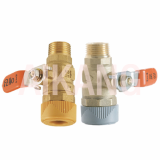
M BALL VALVE
COPPER COPPER ALLOY PIPE FITTING FLANGE
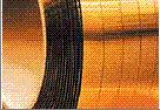
Brass Strip/Coil
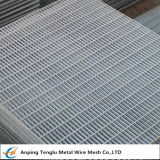
Stainless Steel 304 Heavy Gauge Welded Mesh
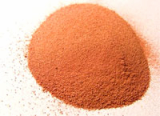
Ultrafine Copper Powder (PMU) Isotope-Cu63, Cu65


































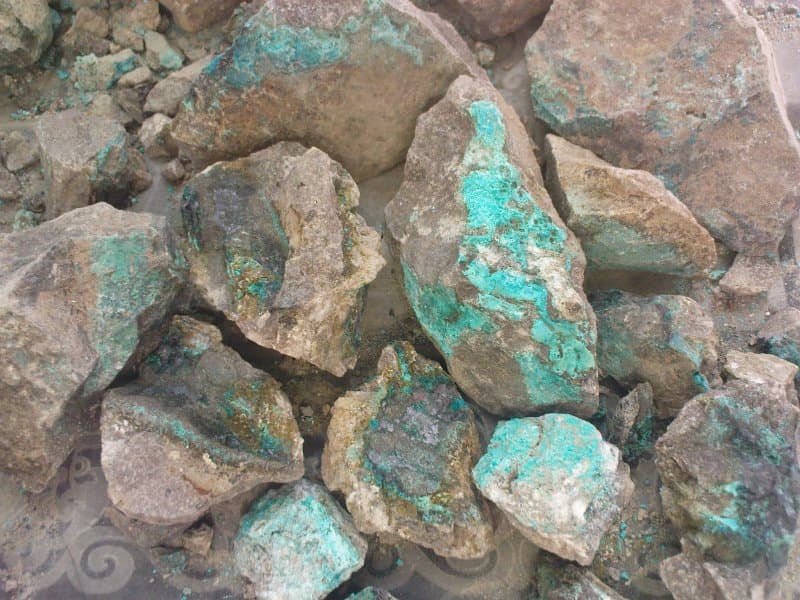
 Thailand
Thailand



